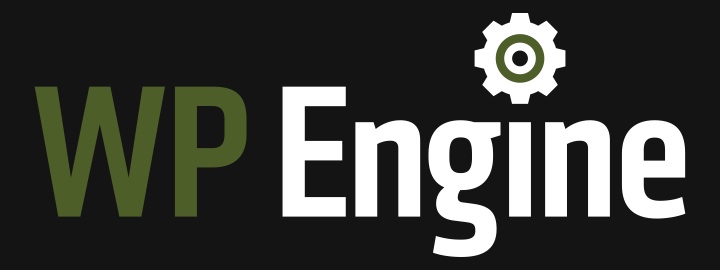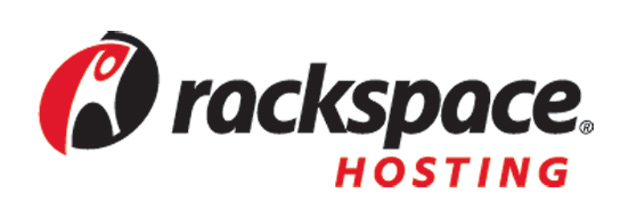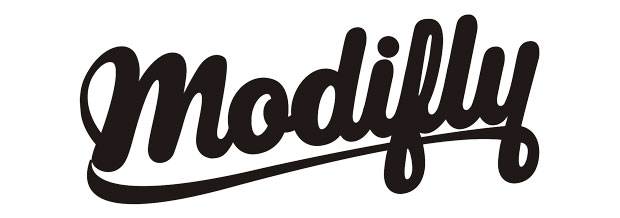a small orange
At A Small Orange, we pride ourselves on taking a refreshingly different approach to
web hosting. Not only do we want to deliver the best possible customer service and
support at a low price, but we also place equal importance on providing the most
up-to-date, environmentally sustainable technologies available.
We’re constantly striving to improve the customer experience, and over the last few
months (with the help of WordPress), we’ve been sharing an increased amount of
blog content and social media links with our audiences.
We know many of our customers are a curious and outspoken lot, and we want to
provide information that will help them to learn more about web hosting, security,
design and development, or anything else that will assist them in running an
awesome website.
Is your organization looking to provide content to your audience on a regular basis?
Here’s a couple things to keep in mind as you get started. Have a great time at
WordCamp!
Keep content relevant & easy to digest.
Before you start blogging or sharing links, it’s crucial that you understand your
audience. What does your company do? Who are your readers? What types of
content will they find useful?
You don’t have to come up with all these answers by yourself. Get the opinions of
co-workers across a variety of teams, and construct a list of potential topics you can
cover. Also consider the different types of content that you’ll be generating. Short,
image-based blog posts? Whitepapers? Always aim to create content that is easy to
digest.
Follow relevant sites/blogs through Google Reader and Twitter.
Once you have a general idea of the topics you want to cover, take to Google Reader
(or any RSS service) and examine the landscape. What blogs and sites are doing the
best job covering the material you want to specialize in? What links of theirs are
sharable?
Twitter is a fine resource for this as well. Enter in a few hashtags that relate to your
topics, and do some general searches using pertinent keywords. You’ll be surprised
at how quickly you accumulate information!
Create evergreen content.
Find out what pieces of information are crucial to your audience. Are there
essential tutorials, lists, or reference-related things that your readers can go back
to repeatedly and share with others? This is known as “evergreen” content, and can
prove to be quite helpful when a blog or site is looking to establish itself as a reliable
information source.
Variety is key.
Publishing a dry, image-free 800-word post once a week as your weekly content
offering is a great way for your company’s site to get ignored. Explore smaller,
sharable formats, such as video or audio. Collect lists of great links that apply to
a specific topic and create weekly news round-ups. Don’t discount the power and
simplicity of images and slideshows. Having different content options helps to keep
things interesting and unpredictable, two essential components for any site on the
web.
Plan ahead!
You’ve got to keep things organized once you roll out your content plan. Editorial
calendars are a great tool to have for such purposes, and the Editorial Calendar
plugin for WordPress helps you integrate your blog schedule directly into your CMS.
Stay social
After you start publishing, remember to reach out to your audience to see how
things are progressing. Engage with anyone and everyone who takes the time to
comment, and always encourage sharing and feedback! Make sure you’re always
asking questions in your posts, so you can give your audience the chance to offer
their opinion on an issue.
















